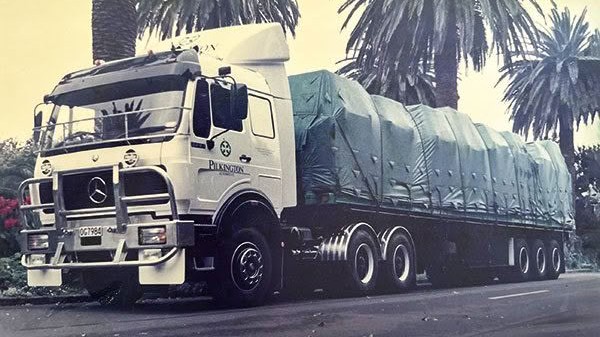
He’s the ultimate ‘you won’t know until you give it a go’ type bloke who has never let the chance to write another chapter in his life book go by. Having hung up the keys – almost – on a fantastic career in trucks and other things, Ken Kirk has taken the time to share his time and tales.
Kiwi-born and raised
I was born in Picton in 1948. Dad worked at the Tory Channel whaling station at the head of the Marlborough Sounds, and I went to the station school in my primary school years and then onto secondary in Christchurch.
In May 1962, I got expelled from college at the age of 14 and a half. Mum wanted me to try another school, but I wasn’t interested. I found myself a job with one of the vegetable markets in Christchurch working as an offsider on their case yard trucks. After I had been there a few weeks, the two drivers I was working with took a shine to me because I was a willing worker and listened to what I was told. After a few weeks of me asking questions about driving the trucks, these two men, Don and Bill, who I will be forever grateful to, asked me if I wanted to learn to drive. Of course, I said ‘yes please!’
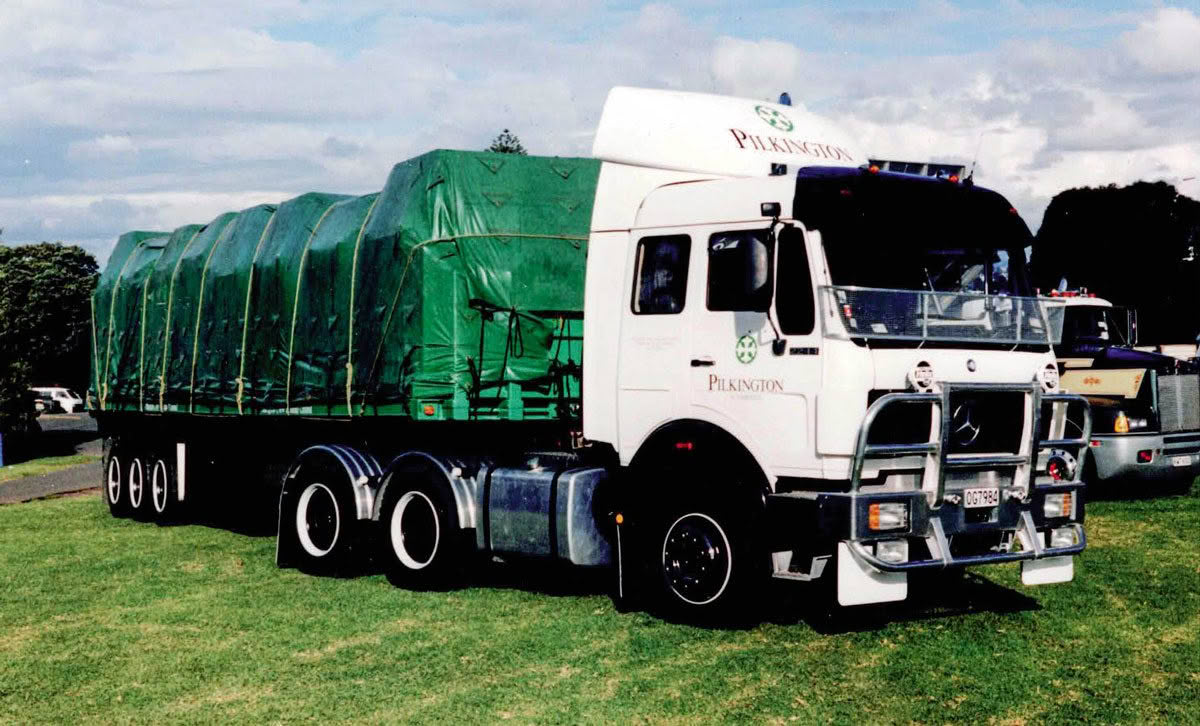
They laid out the rules and made it very clear that if I stopped listening, the lessons would stop. I listened and they spent the next five months teaching me how to load and drive a truck the right way, as they put it. I have carried that teaching with me all through my driving life.
Mum finally talked me into going back to school and finishing the fourth form, which I did in December that same year, but I left once that was done. We moved from Christchurch back to Picton where I found a job working for a cable-laying contractor in Blenheim.
This was about February 1964 – I was just a kid labourer until the day the truck driver didn’t turn up for work. We had two trucks. The boss drove one and the truck driver drove the other. After a lot of ringing around he came out and said to the other labourer and I that there wouldn’t be any work that day because we didn’t have a driver for the truck that carried the ditch-digger.
“I can drive it,” I said.
“What do you mean, you’re only 16,” he said.
“Yes. I can drive as well as Charlie can and probably even better – I don’t like the way he drives.”
“But you are too young to drive, you don’t even have your car licence yet, do you?”
“No, but I’m going for it in two weeks.”
The truck in question wasn’t flash, an old flathead petrol V8 Ford with a snub nose, a four-speed crash box, and a beer crate with a wheat sack folded on it for a seat. On it’s back was a Fordson tractor with a tooth chain trench digger. The upshot was he got me to take it for a run around the yard and then back it into the shed again.
“Well, you can obviously drive, and we do need to get to work, so let’s go.”
Two weeks later, I got my car licence and the boss applied for a special heavy truck licence for me that got knocked back, so we just kept on doing what we were doing and never got caught. Charlie never did come back so I was the truck driver until the job ended. That carried on until the contract ran out and I went home to Picton where Dad got me a start with Todd’s Transport (later taken over by Kirby Carriers). The company did general freight in and around Picton and Blenheim. I was just shy of 18, so they took me on and booked me in to get my heavy trade licence.
The day I went for my truck licence in 1966, the cop who took me remarked I was extremely competent for someone who was just getting his licence, but didn’t ask any more questions.
I worked for Todd’s for about two years and obtained my heavy trailer licence in that time. I then spent a year driving for Nelson Fisheries in their relatively new Ford Thames Trader (the long bonneted one), picking up catches off boats that sold to them from Port Underwood and French Pass, as well as stock loads to and from Nelson.
In 1969, I moved to Wellington and drove for BP doing tanker work delivering home heating oil and some bulk fuel to service stations. I did this for about 18 months and then moved into general freight with Container Freight for a couple of years.
A complete change of direction came in 1972 and I spent three and a half years as a relieving lighthouse keeper on lighthouses all over the country, until my younger brother was killed in a tragic boating accident just off Tory Channel. I thought, ‘if he can die so young, I had better get moving and see some more of the world before it is my turn’, so I packed up and went to Australia for almost two years.
While there, I drove experimental Mack V8s, D8 Caterpillar dozers, graders, front-end loaders, Haulpak mining dump trucks, and anything else someone needed a driver for in the mines.
I then did a stint on a prawn boat as a deckhand fishing for prawns across the Gulf of Carpentaria and the top end of Australia before getting into interstate driving work, including the Darwin milk truck out of Townsville; an Aussie-cab Atkinson with a 671 Detroit and nine-speed in her. It was a good job for a few months after which I flew back to New Zealand to marry the girl who had waited nearly two years for me to come home.
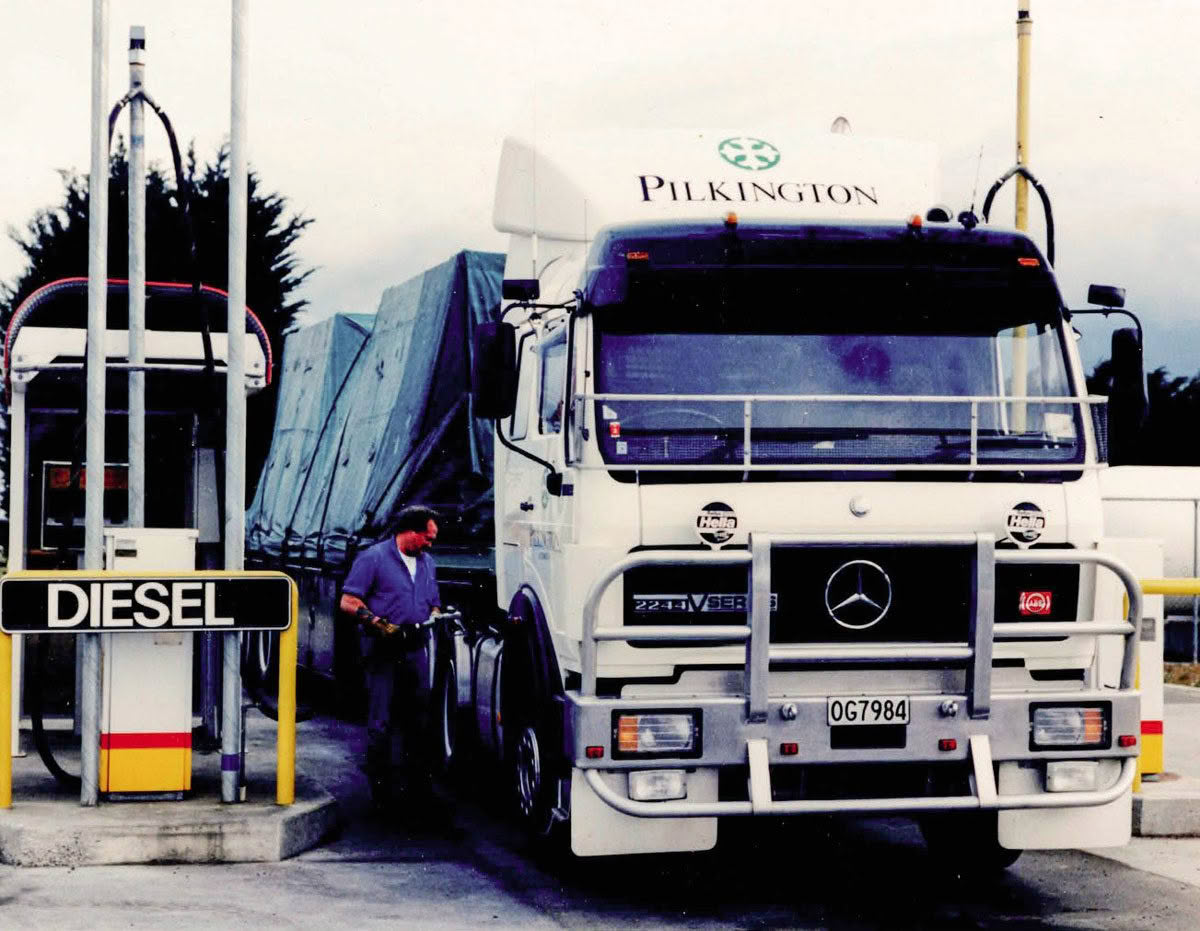
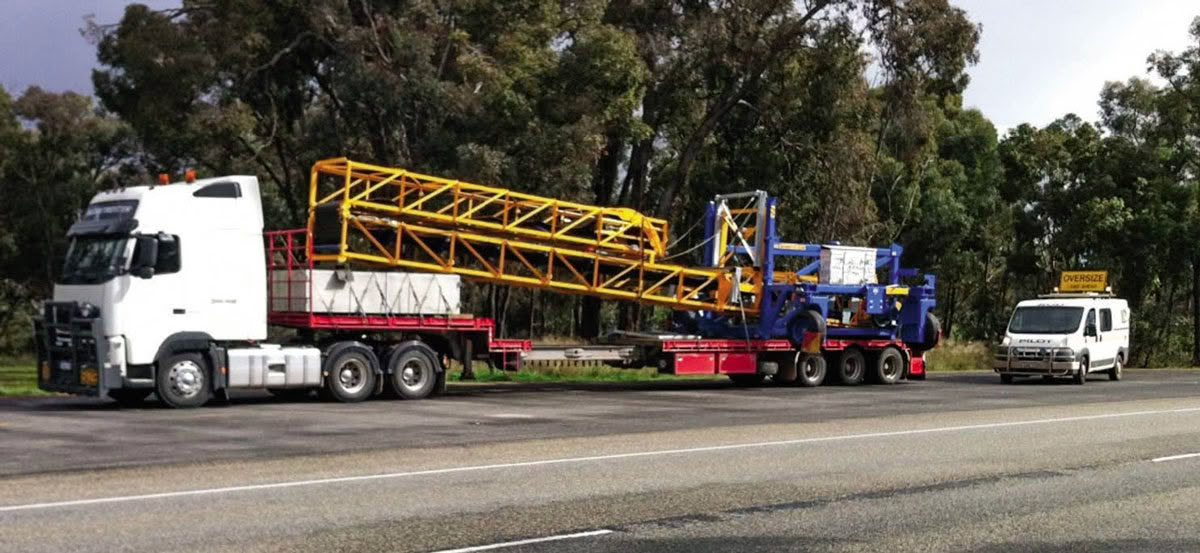
We got married in 1975 and settled in the Hutt Valley. I went working for Haldane’s Haulage for a couple of years in a little TK Bedford on around-town parcel work. Haldane’s then shut down, so I decided to lease a three-ton Isuzu truck to do around-town parcel deliveries for a company that gave me guaranteed work. That lasted a bit over a year until the company I was carting for folded. A short stint with DJ McGregor’s on linehaul furniture removals taught me I didn’t fancy doing furniture removals for a living.
By now I was 30 and I spent two years at Wellington Dairy Farmers driving bottle trucks (Dodges, Commers and Isuzus) on the Upper Hutt run before moving onto artic and trailer tanker work. About this time, road transport was starting to kick off the restraints New Zealand Rail had on the movement of road freight over longer distances, through government deregulation. There was this little family outfit just up the road from the Dairy Farmers yard that was starting to get into that sort of work, so I applied for a job there and got it.
That little family company was J D Lyons, working out of Pomare in the eastern Hutt Valley.
I started on a TS3 Commer with a 6V53 Detroit in it. I did mainly paper reels to The Evening Post newspaper from Miramar into Wellington central for six months, and then I started getting Palmerston North and Hastings runs. I then got moved onto the side loader doing container work, mainly in Wellington and the Hutt Valley, until I got my first linehaul truck, a KM Bedford with a 6V71 Detroit and a nine-speed box. I went all over the North Island in that truck and eventually moved up to a Fuso, which in those days was getting into the big stuff. I started doing Auckland– Wellington on a regular basis. I had the Fuso for about a year and then progressed through a couple of V8 tractor units, before getting a FV315 V8 eight-wheeler and four-axle trailer setup carting Pilkington glass north and spuds south. It was a rig and work I really liked, and I stayed on it until Pilkington’s headhunted me to drive their semi for all their linehaul deliveries on both islands.
I took them up on their offer. Although I wasn’t one for corporate life, the transport was its own little corner run by Peter Paris. He and I hadn’t always enjoyed the perfect relationship when I was at Lyons, but in the five years I worked at Pilkington’s from 1983 we became good mates. We upgraded the Ford/ Hino 4626 by taking the Hino motor out and putting an 8V92 TTA twin-turbo Detroit into it. A couple of years later I got a 2244 V8 Mercedes-Benz with the twin bunks. That was a nice truck. The Pilkington trailers grew also, going from a 9.1m (30ft) two-axle setup to a 12.2m (40ft) tri-axle, and ultimately a five-axle B-train.
I decided to spend a bit more time at home to see if I could make my third marriage last – I hadn’t done so well in that field up until then. I went to work for local Wellington company Dixon and Dunlop for a year, but local tipping work wasn’t quite me. I went back to J D Lyons until I fell off a load of freight in Auckland and hurt myself badly, and couldn’t really do a lot of the linehaul work any more. I then got myself a job as operations manager at Allied Pickford’s for a couple of years until my wife and I decided to move to Perth in 1996.
It was during the years after getting rid of my own (leased) truck that I met so many household names in New Zealand road transport, and I am still friends with a lot of them to this day. Men like Pat Lowry, Rod Lennard, Chris Knox, Ivan Win, Peter Jacobs, Steve Ratcliff, Franck Sewell, Bill Brown, the Doc, Steve Bayliss, Darrel Shellard, Guy Knowles, John Baillie, Ray Reid, Peter and John Tilby, Mo Brooking, and many others. I believe that these years, for a lot of us, were the best years of road transport in New Zealand.
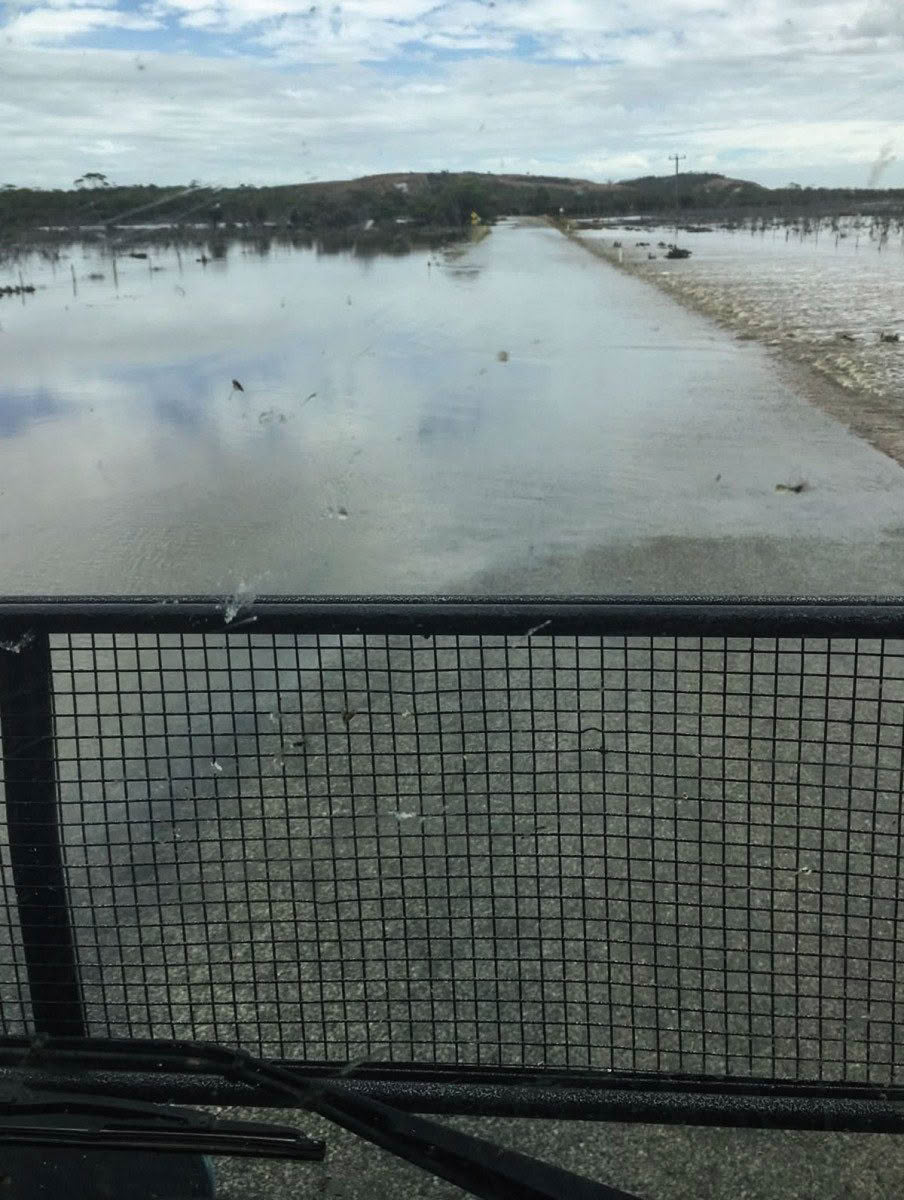
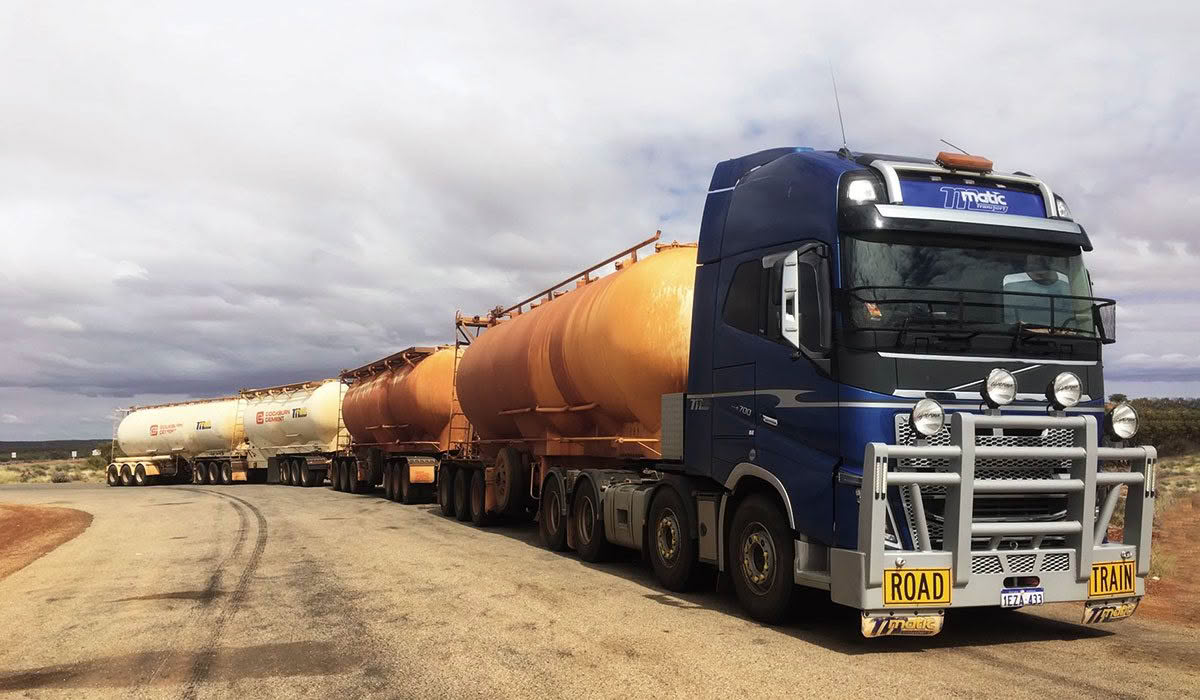
Australia II
I started out running around Perth for a local carrier in a little eight-tonner, getting to know the suburbs, and then moved on to a brick truck and trailer setup for delivering bricks around the metro area. I got sick of that and applied for a freight supervisor job at K & S Freighters, which I did for about a year before moving over to FCL. I stayed there for seven years in several different roles until Linfox took it over and I bailed. I don’t usually like working for big companies. I like to be able to talk to the man whose name is on the door if I have an issue over something.
I went back driving for Murray West in 2004 on a FM Volvo two-trailer roadtrain, hauling sleepers and rails for the Mandurah rail line that was being put in south of Perth. I did this for about 18 months then moved over to Marleys Transport for 18 months carting grain and fertiliser in the southwest of Western Australia. My ride was another Volvo, this time an NH with a Cummins towing two short tipping bin trailers (pocket road trains to Western Australians). It was Greg Marley who taught me to back trailers properly by telling me to back the dolly and not the trailer. Great advice, Greg, and I have never forgotten it. Thank you.
Then Mitchells waved too much money under my nose, and I moved over to cart crude oil from Dongara (348km north of Perth) to Kwinana (freight/ industrial area 40km south of Perth). We used gas-powered Freightliner Argosys for the crude job and they were pigs of things. When it got hot, we quite often had to stop and turn the gas off and turn them onto diesel because the hot weather didn’t allow the gas to get enough grunt to get up the few hills we had to climb. After about 18 months on the crude, I switched over to doing the nitrate work, which was bulk nitrate prill, and later ANSol (liquid form of ammonium nitrate loaded at 134 degrees) to Northwestern Australia. The configuration was roadtrain tippers and belly dumpers in both double and triple trailer configurations. The ANSol was dangerous shit and even in 40°C ambient heat, you suited up before loading. You didn’t just get thermal burn, you got the chemical one also.
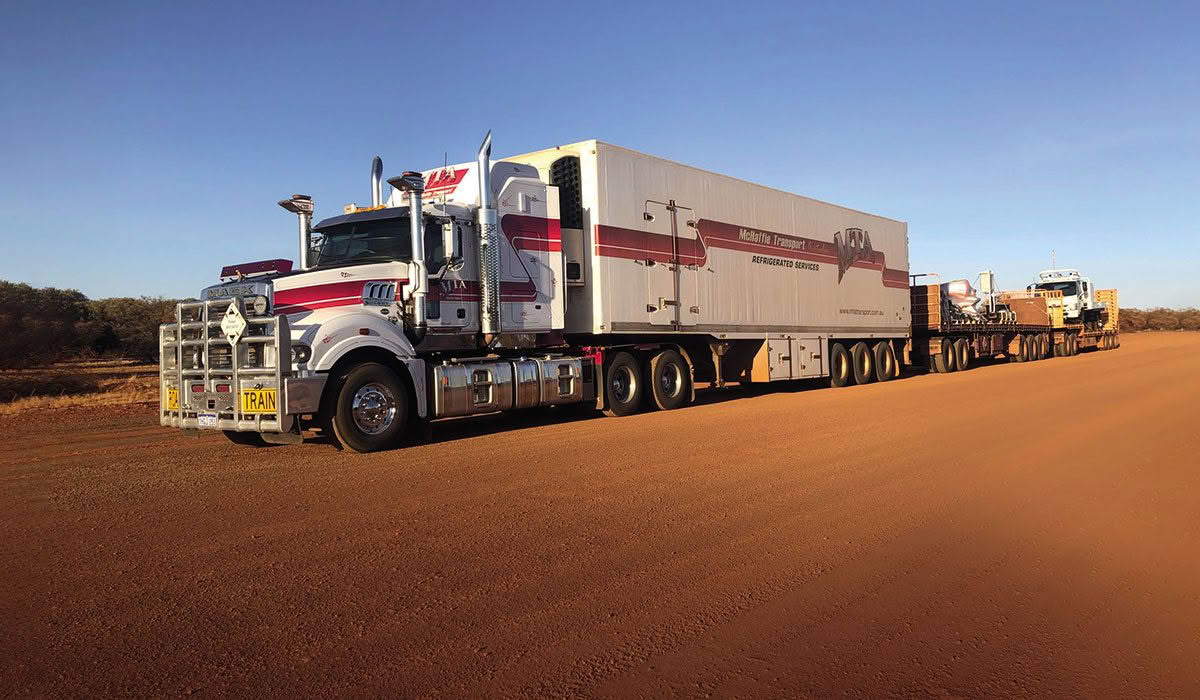
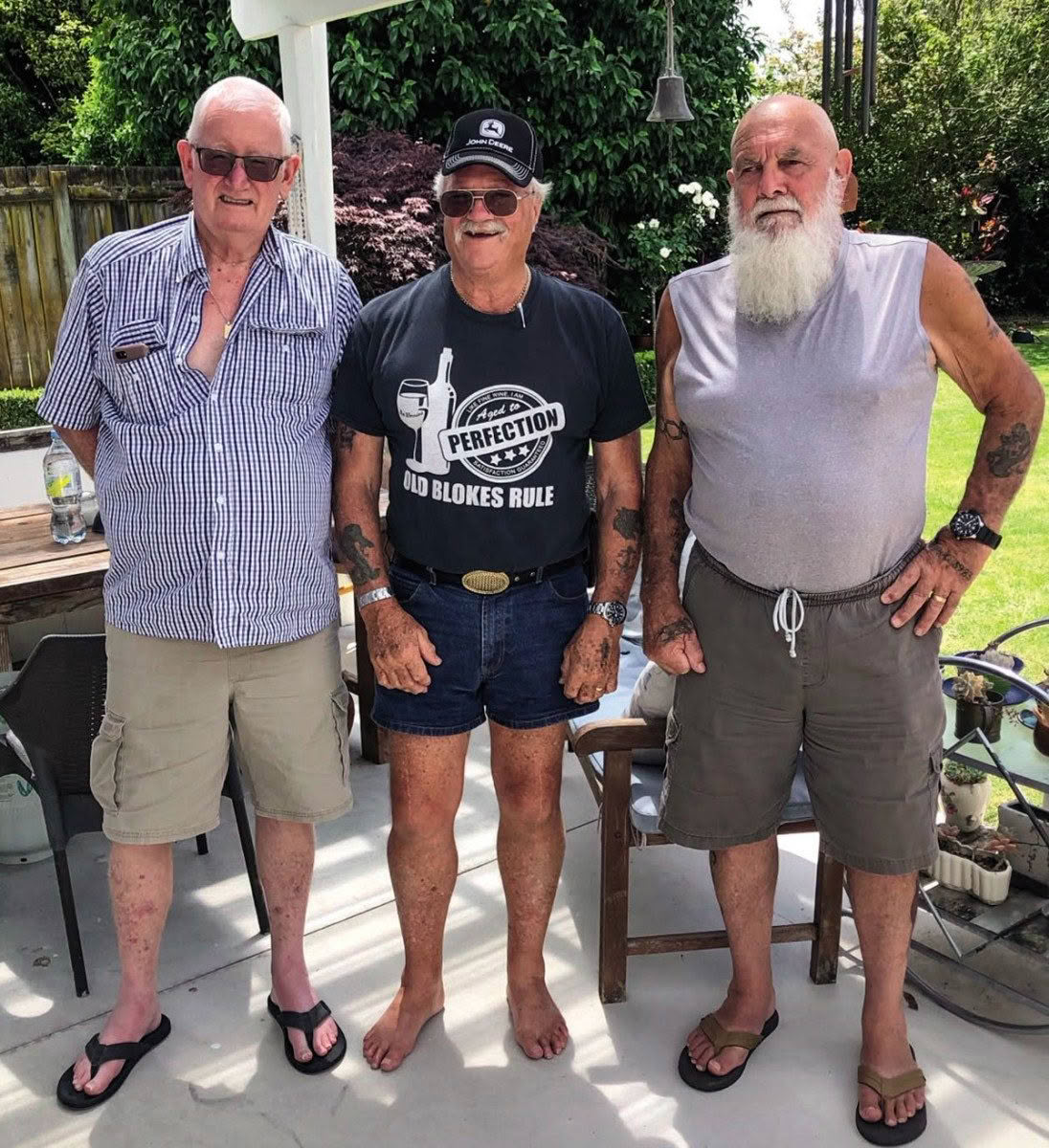
After five years of big company ‘BS’ (Toll had taken over Mitchells), I went to drive for Peter Gilmore, driving FH Volvos and double roadtrains carting the ANSol again but for a much smaller, easier to work for outfit, moving later to the prilled bulk ammonium nitrate. The run consisted of going to Mt Newman mainly (1170km north of Perth), then onto doing the Telfer/Woodie Woodie run. One trip took a week and you covered 4400km. I worked for Peter for three and a half years until I was offered a job carting oversized freight for Coogee Freight Services doing all CBH’s work, once again in a FH Volvo. CBH is the main grain-handling outfit in Western Australia. We moved their grain lifters and all their other freight around southwestern Australia. We did a lot of over-dimensional work at Coogee. A year later, I moved back to tankers with Matic Group, this time bulk cement with a delivery lead of 1400km each way. Again, it was a FH Volvo but the big-cab Globetrotter this time. I covered 800,000km in that truck doing a round trip every four days. I would do three trips and then have one off while the relief driver did one. Four years on the cement and I was back into general freight with MTA Transport out of Perth.
From 2016, I have been working for MTA Transport doing linehaul – first in another Volvo and then into a 119in cab Freightliner Argosy running a Caterpillar motor. The final two years have been in a new 600hp Mack Super-Liner pulling doubles and triples. Runs were mainly to Mt Newman and the mines in the surrounding country with the odd load to Port Hedland (1640km north), and sometimes a run down from Mt Newman to Carnarvon and back to Newman (a 2000km round trip). My longest run was from Perth to Alice Springs and back, which took me 12 days and was 10,000km.
Late in 2023, as a bit of a change, I spent a month out on a farm in the southeast of the Wheatbelt (about 460km southeast of Perth) carting grain from the farm to the CBH bins at both Lake Grace and Pengaring (See New Zealand Trucking, March 2024). I went back to the farm in mid-January 2024 to move 1000 tonnes of gypsum from the pit 105km away to the farm, over 10 days.
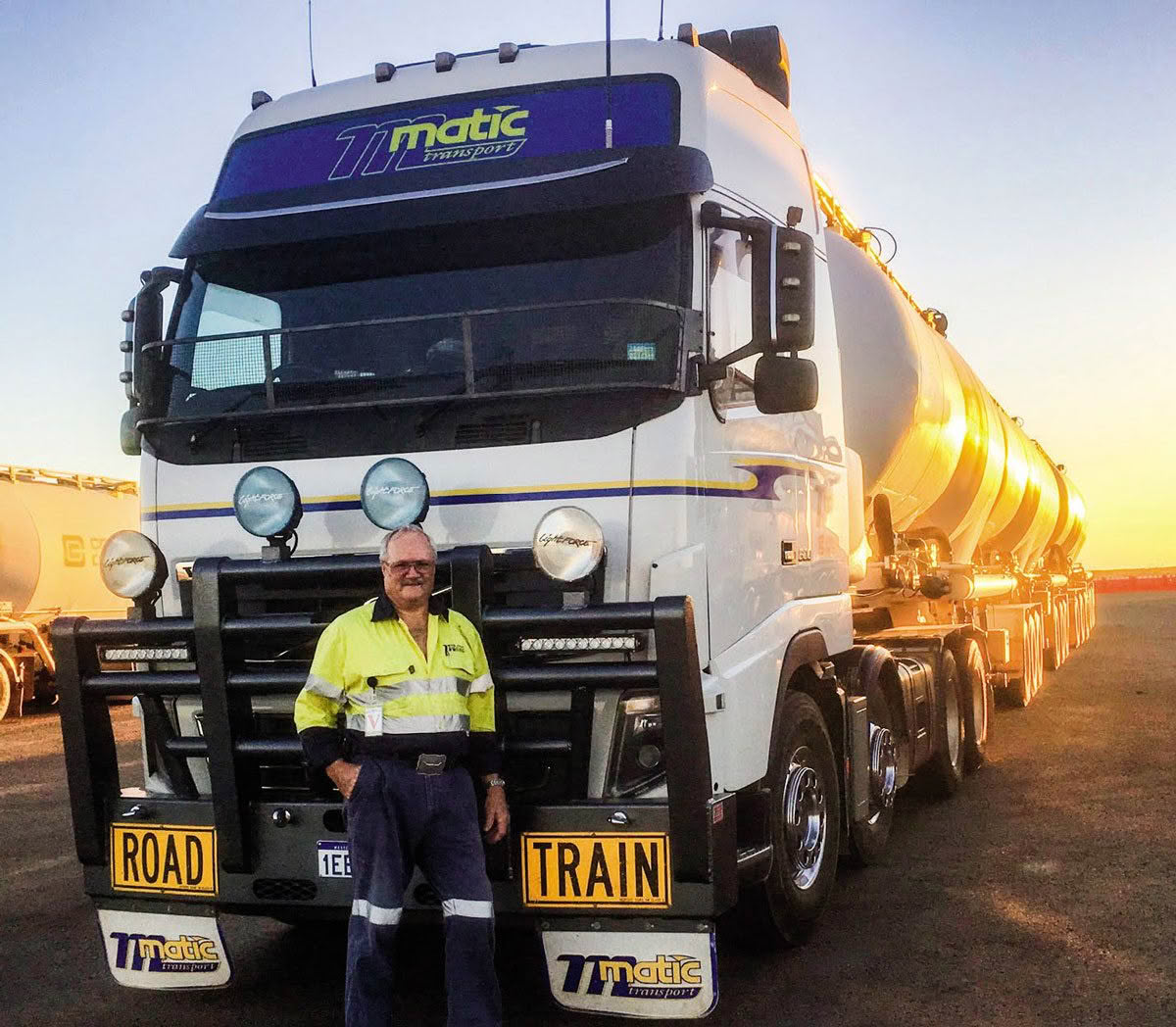
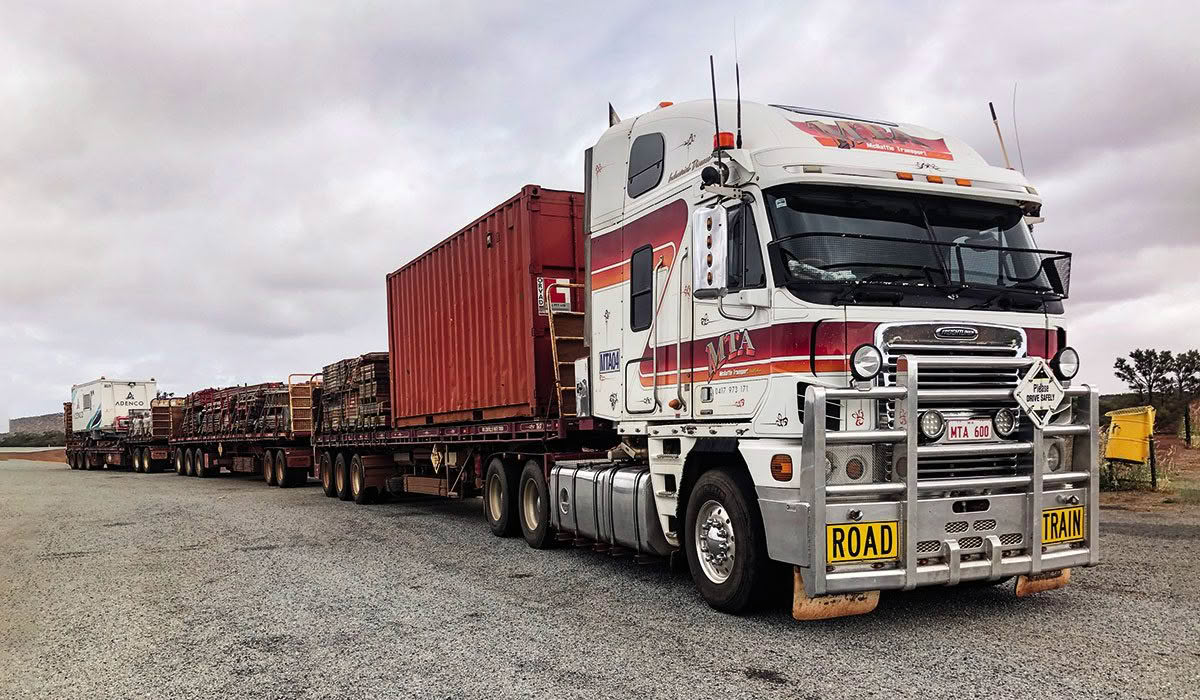
I haven’t stopped driving entirely, but I’ve gone down to a little three-tonner for MTA just doing pick-up and drop-off work around Perth, as well as helping to secure freight going north on the trailers. At 75, I am finding the big truck work a bit tough, especially when the bloody trailer coupling won’t open, or the hydraulic coupling is being a pig. But I still need something to do, always will!
Stay safe and keep the tyres and the tar together.









